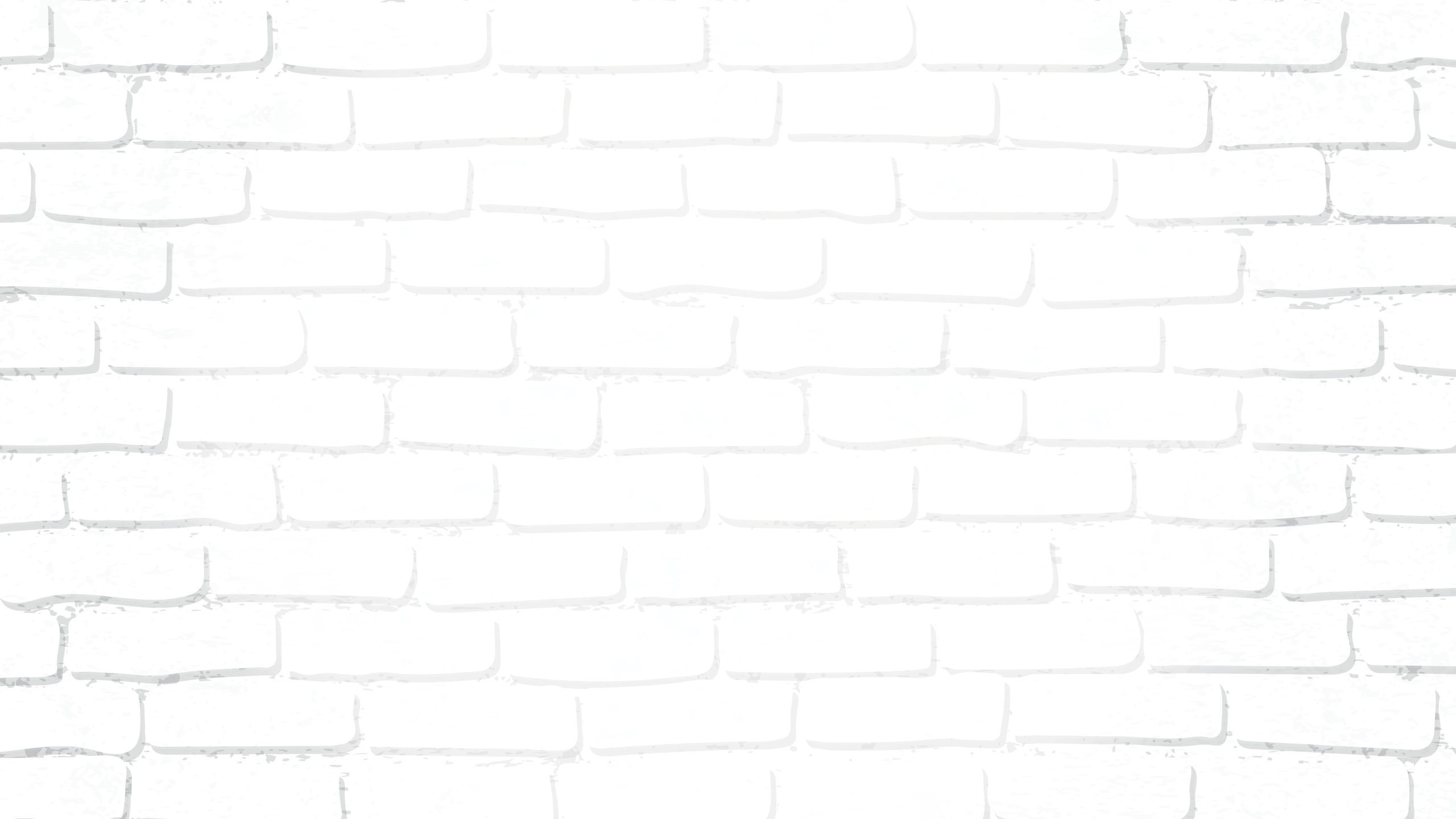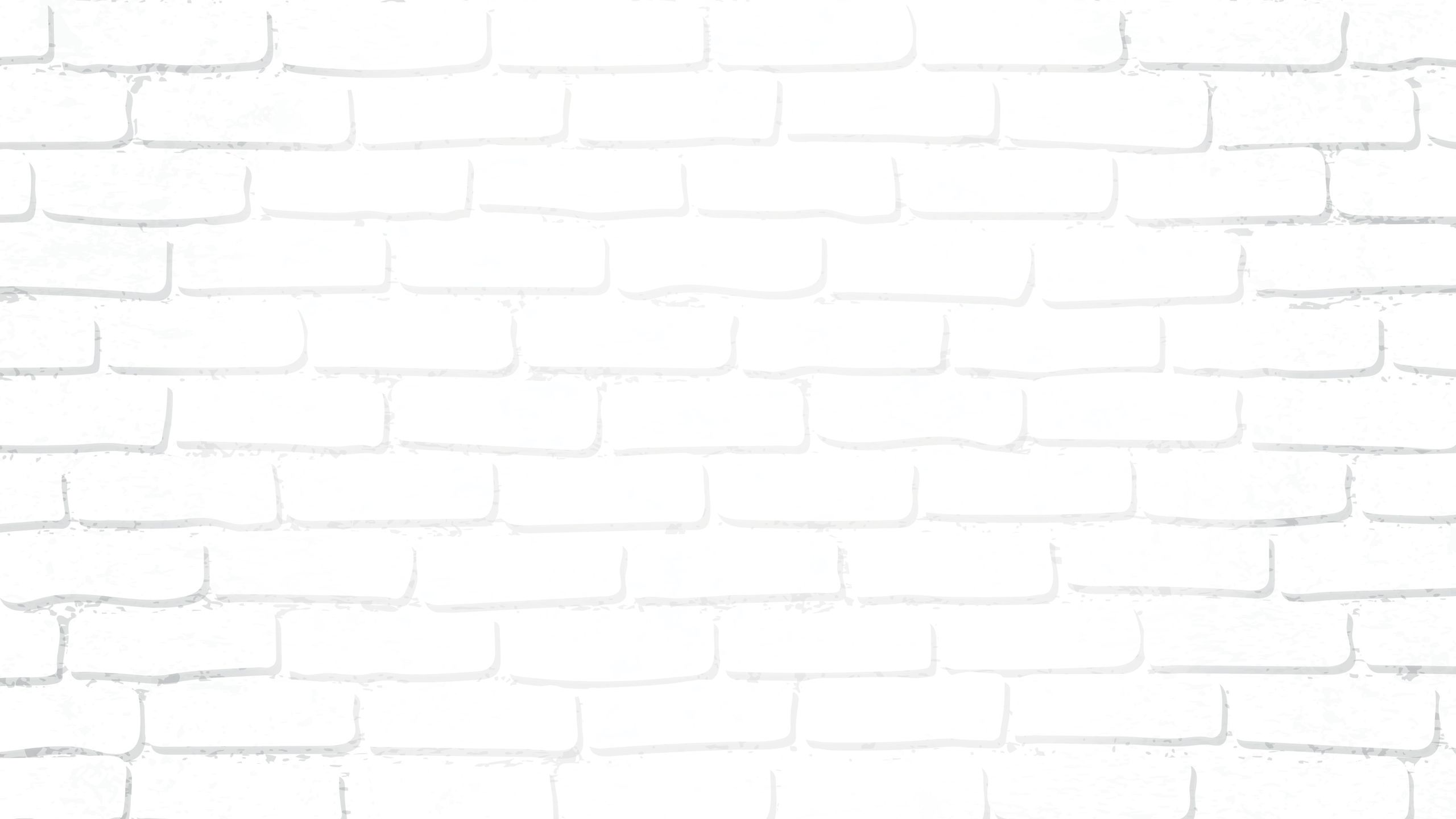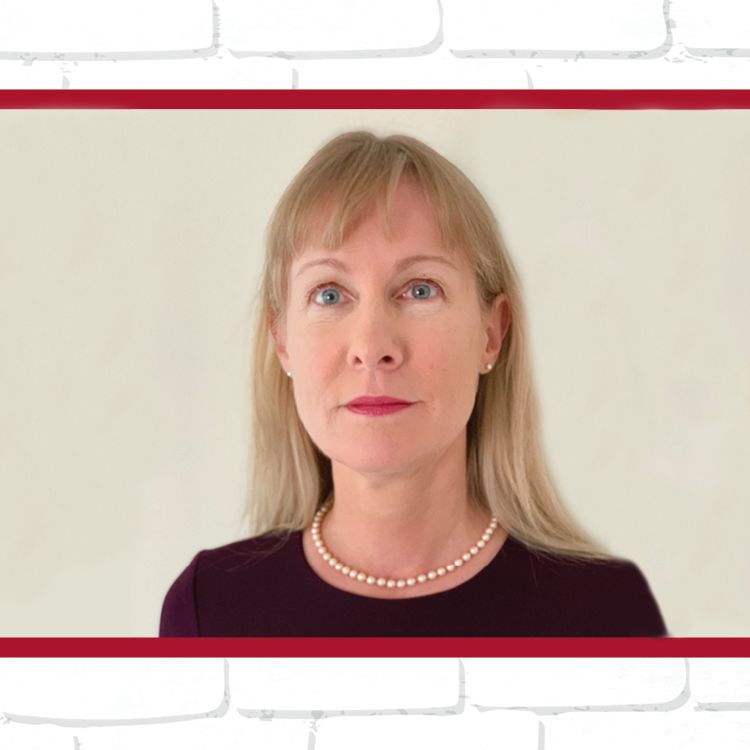Health for all
Rollins researchers work toward a treatment for the disease of discrimination.


Dr. Tené Lewis didn’t plan to study racism. Trained as a psychologist, she envisioned a career investigating how stress impacts the human body. But in nearly every analysis involving Black participants that she conducted, discrimination resulting from racism produced more detrimental physical effects than any other stressor.
When she shared these results, she was often discouraged from pursuing that line of research. She was told her work would not be seen as scholarly or scientific. That the work would make people uncomfortable.
“This was not the direction I wanted my career to go in,” says Lewis, associate professor of epidemiology. “Even now, it is controversial. It’s difficult to get this work funded, it’s difficult to get this work published. If not for the twin pandemics of COVID-19, which disproportionately impacts Black Americans, and the widely viewed killings of Black men and women by police officers, I don’t know that we’d be having this conversation now.”
Indeed, racial health disparities have been long and thoroughly documented. Black men are more than twice as likely to be killed by police as white men. Black women are up to four times as likely to die of pregnancy-related complications than white women. And the average life expectancy of African Americans is four years lower than the rest of the US population.
Scholars have been exploring racism as a root cause of these racial health disparities for several decades, but this work has been limited in scope. Rollins researchers have been steadily expanding that range. One scientist has shown how racism gets under the skin, causing biologic changes that can lead to disease. Other Rollins researchers are looking at the upstream systems and structures, such as redlining and police violence, that support and sustain racism. Only when the structural underpinnings of racism are understood can they begin to be dismantled.
“For too long investigators have examined race and health as we would obesity or smoking,” says Dr. Lauren McCullough, Rollins Assistant Professor of Epidemiology. “But it’s a social construct that comes with so much history. To truly understand why Blacks have such poor health outcomes, we really have to pull back the layers to look at the structural and systemic underpinnings of the Black condition in the US.”
Put another way, “The race outcomes seen today are the direct consequence of racism that has been in operation for 400 years,” says Dr. Camara Jones, adjunct professor of behavioral, social, and health education sciences.
No one is saying it will be easy. “Most of us work in white-dominant institutions, like the NIH, the CDC, private universities,” says Dr. Michael Kramer, associate professor of epidemiology. “Fundamentally changing the cogs in the wheels of structural racism will likely mean rejecting some of the things that those of us who have power and privilege in these systems enjoy.”
Yet many are hopeful that the momentum gained by the COVID-19 pandemic and BLM protests will not fade but gather steam. More researchers are turning their attention to racism, including students, who will be the ones to carry the work forward.
“I see some real changes starting to happen,” says Lewis. “National conversations are taking place. Schools of public health are talking about the importance of racism as a public health crisis. To the extent that the next generation continues to push this as an important topic, it will continue to be an important topic. My hope is that this is not a moment but a movement.”

Getting Under the Skin
When Lewis got into the field, there were very few studies even testing the association between people’s reported experiences of discrimination and any objective indicator of clinical disease. Over the past 15 years, in collaboration with cardiologists, rheumatologists, and neurologists, she has documented how stress stemming from discrimination results in elevated levels of coronary artery calcification, visceral fat, and C-reactive protein—all of which increase the risk of strokes and heart attacks.
Her studies consistently showed that discriminatory stress produced worse outcomes in physical health that other stressors, including financial stress, traumatic stress, and interpersonal stress. Compounding the injury, Lewis and others found that strategies that can typically ameliorate the health effects of other types of stress—social support and coping skills—do not lessen impacts of discriminatory stress. She suspects the reason is that, unlike any other stressor, discrimination is pervasive and lifelong. “As human beings, we want to feel that we belong, and we want to be treated with dignity,” she says. “Experiencing large and small indignities over the course of your lifetime is cumulative and results in worse disease, more physical health symptoms, more physiological dysregulation, and on and on.”
With the deleterious effects of discrimination on physical health now well documented, Lewis has moved on to more nuanced work, parsing out physical reactions to different types of discriminatory experiences. In one study she is looking at the physical effects of vigilance, which refers to the threatened state in which many Black Americans exist in their day-to-day lives. “If you are aware that the salesclerks may follow you around in a store, or that you may end up handcuffed at a routine traffic stop, you walk around on high alert,” says Lewis. “Our preliminary results show the more vigilant you are, the more carotid atherosclerosis you have.”
Next, Lewis will focus on vicarious exposure. “People of color in this country have a sense of linked fate,” she says. “So witnessing what happened to George Floyd is traumatic for anyone. But for Black people in this country, there is a sense that that could be me or someone I love. It becomes a collective trauma. That is a vicarious exposure, and it has the potential to produce adverse physiological reactions just as other forms of discrimination do.”

Tené T. Lewis
Tené T. Lewis
Living, and dying, behind a red line

"For too long investigators have examined race and health as we would obesity or smoking. But it’s a social construct that comes with so much history".—Lauren McCullough
Redlining, the practice of banks refusing to make mortgage loans in certain, typically Black, neighborhoods, was outlawed in 1968. But few would argue the practice doesn’t persist in some form. “People think redlining is a thing of the past, but it continues today in different forms,” says McCullough. “Mortgage loans may be more expensive in persistently redlined neighborhoods. Home insurance may be harder to get. Appraisals may be unrealistically low.”
McCullough has been studying disparities in cancer mortality for decades, and her data has shown what everyone else’s has—living in a neighborhood with high rates of poverty, low levels of education, and lack of access to care is associated with poor health outcomes. “What we haven’t looked at is what is upstream of those factors contributing to the bad outcomes,” says McCullough. “We decided to link our data from the Georgia Cancer Registry with the federal housing database to measure the impact of redlining.”
McCullough’s team found that 80 percent of metro-Atlanta’s Black women diagnosed with breast cancer between 2010 and 2014 lived in formerly redlined census tracts—neighborhoods like Cascade Heights and the Greenbriar area. Only 20 percent of the city’s white women lived in such areas (Hispanic women were not included in these analyses). By contrast, 60 percent of Atlanta’s white women lived in areas with a pronounced lending bias (areas favored by lending institutions for mortgage loans)—such as Buckhead and Sandy Springs—vs. 20 percent of Black women. Looking at breast cancer outcomes, she found that women who lived in redlined areas were 60 percent more likely to die of their breast cancer than women who did not. This association was seen among both Black and white women. In contrast, women who lived in areas with pronounced lending bias, predominantly white areas, were 15 percent less likely to die. Importantly, this reduction was limited to white women.
She hypothesizes the stress resulting from living in neighborhoods with economic, social, and structural disinvestment is causing physiological damage, particularly inflammation. Inflammation, in turn, promotes tumor progression. Her group is now doing a deeper dive to identify what specific biologic pathways are being disturbed by living in these neighborhoods, and ultimately what can be done both in terms of pharmacologic and behavioral interventions, as well as policy changes.
“Our research group sits in a unique position, at the intersection of molecular and social epidemiology,” says McCullough. “We are able to look at both the social conditions that happen above the skin and the biological mechanisms that occur below it. So while we work on social justice issues and local policy changes, we can also be thinking about what can be done clinically and more immediately for these women who are going to be diagnosed in the next two to 10 years to make sure they have better outcomes.”

How we got here

Michael Kramer found that counties that historically had high concentrations of enslaved people had the smallest decrease in heart disease mortality among Black men. He hypothesizes that the slave-based economy actually shaped the contours of the social norms and institutions of those places in ways that lasted way past the Civil War. He is pictured here near Slave Square in Atlanta’s Oakland Cemetery.
Kramer, who teaches spatial epidemiology, is known to be fond of maps, so he wasn’t surprised when a colleague sent him a map that President Abraham Lincoln had commissioned by the Census Bureau in 1860. The map showed the distribution of the slave population by county in the Southern states.
What did surprise Kramer was how familiar the map seemed. He had been studying the decline in heart disease mortality in the US during the past 50 years. The decline has been smaller among Blacks (52 percent on average) than among whites (63 percent on average), and has surprisingly varied, sometimes dramatically, by county.
“Naively, I thought slavery was evenly spread across the South, but actually it was quite variable—some counties had extremely high concentrations of enslaved people and some counties, even those nearby, had very low concentrations,” says Kramer. “As I studied the map, I was struck that the pattern of counties with high concentrations of slavery looked a lot like the pattern of counties with the smallest decline in Black heart disease mortality from 1970 to 2010.”
Upon further digging, he found the correlation to be fairly consistent. Black populations in counties with a history of highest versus lowest concentration of slavery experienced a 17 percent slower decline in heart disease mortality. He hypothesizes that the slave-based economy actually shaped the contours of the social norms and institutions of those places in ways that lasted way past the Civil War.
“We are not comparing a county in Mississippi to a county in Vermont,” he says. “We’re comparing a county in Mississippi that had a high slave concentration in 1860 to another county in Mississippi that had a low one. And within these neighboring counties you can see marked differences in today’s level of Black/white disparities in poverty, educational attainment, and employment opportunities. We think that is a lasting legacy of slavery.”
Those findings point to the need to focus not only on the historical processes that created segregation and discrimination but also on the current structures and systems that perpetuate them. “Whenever we in public health or clinical medicine come up with some great new idea, like the best way to prevent heart disease, we need to think not only about how it works but how we can make it equitably available,” says Kramer. “In other words, how do you make sure everyone—even those without money or power—benefit equally from it.”

The structure of racism

"Structural racism is so deeply embedded in our social, cultural, and political systems; values; and beliefs that it is hard to even identify. Naming structural racism is in some ways as difficult as asking a fish to describe water."—Kimberly Jacob Arriola
Dr. Kimberly Jacob Arriola has been studying disparities in renal transplant for decades. The prevalence of end stage renal disease among Blacks is 3.4 times that of whites, yet Blacks are less likely to get the gold standard treatment—kidney transplant. Experts have known about this disparity for decades, but the needle has barely moved.
Studies that have looked into the causes for transplant inequalities have focused on patients—Blacks typically are under- or unemployed, lack insurance, and may mistrust the medical system—and/or physicians—doctors may perceive Black patients as less likely to adhere to the prescribed post-transplant medical regimen.
“Both of these perspectives miss the mark,” says Arriola, the Charles Howard Candler Professor of Behavioral, Social, and Health Education Sciences and executive associate dean for academic affairs. “We need to understand and address the upstream causal factors, particularly structural racism. Unequal access to transplant is the outcome of a coordinated set of social forces in which poverty, income inequality, unemployment, and underemployment are highly intertwined.”
As a member of the newly created Inclusion, Diversity, Equity, and Access (to Life) (IDEAL) task force of the American Society of Transplantation, Arriola is collaborating with others in the field to address aspects of structural racism as it impacts transplants. She suggests interventions such as creating national organ allocation policies that consider disparities alongside efficiency, having transplant centers analyze data at each step of the continuum to identify disparities and create systems that mitigate them, and adopting systems that enhance communication between dialysis facilities and transplant centers to better support patient completion of the transplant evaluation process.
Arriola suggests no sustained progress can be made without addressing the structural racism that led to these transplant disparities, but she thinks with enough effort, her field could lead the way. “With focused attention to structures and processes, the field of transplantation could serve as a model for how to redress racial inequities created by structural racism that could inform efforts in the realm of health care more generally,” she says.

Growing up in violence

"Mental health is a system with a long history of racism. Black youth are less likely to be referred to mental health services, more likely to be misdiagnosed, and many of their mental health concerns are responded to with punishment rather than support."—Briana Woods-Jaeger
Poverty, residential segregation, and barriers to educational and occupational opportunities all contribute to Black youth’s disproportionate exposure to community violence. Many studies have looked at ways to lessen this exposure and to mitigate its health effects, but rarely have the youth involved had a seat at the table. Dr. Briana Woods-Jaeger and her team have spent three years partnering with—and listening to—Black teens in Kansas City to understand their perceptions and lived experiences of community violence and racism.
Working with a partner already well established in the area, Youth Ambassadors, Woods-Jaeger and her team created a community action board made up of youth and adults who serve them in the fields of health, education, criminal justice, and faith. After three years of focus groups, quarterly meetings, a community-wide survey, and community forum, they came up with a consensus on what Black youth in the area see as the highest priorities.
One priority is increasing mental health access and supports in schools and the community. “Mental health is a system with a long history of racism,” says Woods-Jaeger, assistant professor of behavioral, social, and health education sciences. “Black youth are less likely to be referred to mental health services, more likely to be misdiagnosed, and many of their mental health concerns are responded to with punishment rather than support. This is happening across schools, child welfare, hospitals, and criminal justice—multiple systems are interacting to reinforce this.”
In the next phase of her study, which is focusing on interventions, Woods-Jaeger is investigating ways to address the systemic racism within each of those systems and create culturally responsive mental health support for Black youth who’ve experienced trauma. Another priority is addressing racism in schools, where Black students face daily racial microaggressions—being told they are not going to be able to get into certain colleges, or that they would not be interested in things like debate. They are often wrongly perceived to be threatening. They tend to receive much harsher punishments than white students for the same subjective infractions, such as dress code violations and defiance.
For the next several years, Woods-Jaeger and her team will be working with schools to look at their discipline policies and examine how they are disproportionately affecting Black youth. “We’d like to work together to change those policies and make sure they are equitable.”
In addition, she is expanding her work to Atlanta through two newly funded studies, one that evaluates enhanced mental health supports for Black youth in schools and a second that follows the same partnering approach Woods-Jaeger took with youth in Kansas City through an arts-based, qualitative research approach (photovoice) to explore teens’ perspectives on racism as a public health issue and what priorities need to be addressed locally.

The potential of policy
Drs. Kelli Komro and Melvin Livingston lead a team to investigate policy solutions for racial and economic inequities. Specifically, they are studying the health impacts of the Earned Income Tax Credit (EITC) and minimum wage laws.
“Income and economic security are key social determinants of health, living in poverty is associated with a multitude of poor health outcomes across the lifespan, and Black and Latinx families are more than twice as likely to live in poverty than white families,” says Komro, professor of behavioral, social, and health education sciences. “That’s the reason I do this research.”
The federal EITC is a tax credit to supplement the income of low-wage workers based on income level and family structure. Some states supplement EITC up to 53 percent of the federal level, some states provide a less generous supplement, and some do not provide any extra support. To gauge the health impact of EITCs, Komro examined low-weight births because they are linked to increased risk for many health and developmental problems. And low-weight births are more common among Blacks (14 percent of all live births) than whites (7 percent). The 20-year, 50-state study found a 12 percent reduction in low-birthweight births among both Black and white women in states with the most generous EITC.
Komro and Livingston, associate professor of behavioral, social, and health education sciences, then looked at Washington, D.C., as a natural experiment. The district has a large, poor, and Black population, and it has increased its EITC four times from 2000 to 2015. When EITC was adopted, and each time it was increased, there was a concurrent drop in low-birthweight births. When D.C.’s EITC reached 40 percent of the federal level, the district saw a 40 percent decrease in low-birthweight babies from its level before it added EITC. That translates into the prevention of almost 350 low-birthweight births per year in D.C.
Minimum wage laws are another area of interest. Komro looked at these laws across all states from 1980 to 2011. She found that a $1 increase in the minimum wage above the federal minimum wage was associated with a 1 percent to 2 percent decrease in low-birthweight births and a 4 percent decrease in infant mortality. That means, if all states increased their minimum wage by $1, there would be about 2,800 fewer low-birthweight births and 518 fewer infant deaths each year.
“This is such a timely topic, with Congress considering raising the federal minimum wage and increasing child tax credits,” says Komro.
Next, Komro and PhD student Rachael Spencer are studying health outcomes associated with Temporary Assistance for Needy Families. “Our goal is to tease out policy solutions to reduce racial income and health inequities,” she says.

Kelli Komro
Kelli Komro
"The race outcomes seen today are the direct consequence of racism that has been in operation for 400 years."—Camara Jones
The complexion of protection

"We let this violence go on for so long without monitoring it, without trying to understand its causes, without trying to intervene,” says Hannah Cooper. In her book, Cooper explores excessive police violence as a public health issue. She is pictured here in front of her Decatur home.
Dr. Hannah Cooper came to study police violence by accident 20 years ago when working on her dissertation. She had planned to look at how police drug crackdowns impacted harm reduction behaviors, such as going to the doctor or participating in a needle exchange program, among people using drugs in New York City. But in her interviews, the stories participants came back to again and again were about police violence. Enduring relentless stop-and-frisks. Getting questioned and hassled while hanging out with friends on the sidewalk. Being pushed against a wall or down onto the pavement for little reason. She was persuaded to change the topic of her dissertation to police violence.
It has taken far too long for other public health researchers to listen to these stories and recognize their implications for health, according to Cooper, Rollins Distinguished Professor in Substance Use Disorders. “I’m always outraged at how little public health research there has been to this incredibly important topic,” she says. “We let this violence go on for so long without monitoring it, without trying to understand its causes, without trying to intervene.”
Cooper frames excessive police violence as a critical public health issue in her new book, From Enforcers to Guardians: A Public Health Primer on Ending Police Violence, co-written with Dr. Mindy Thompson Fullilove, professor of urban policy and health at the New School. In the book, they analyze the history of policing in the US, which from the start was intended to protect whites and subdue minorities. They discuss the expansion of police powers during the war on drugs, including the erosion of the Fourth Amendment protecting against unwarranted search and seizure and the arming of police forces with military equipment following President Bill Clinton’s decommissioning of army bases.
Cooper and Fullilove write that there is a deeply engrained “toxic triad” of marginalization, distorted policing, and violence. This toxic triad is a very stable, pathological social system that will not yield to a “magic bullet,” a single intervention of some kind, like implicit bias training or the establishment of the civilian review board. There is, however, a way forward that can work.
Part of that way forward is rethinking the role of police, noting that we are turning to police to address social ills such as homelessness and mental health issues. But police are are not trained to provide social services. “We need to identify what is the appropriate role for the police, and then, where we are lifting responsibilities off their shoulders, who else can fulfill that role,” she says.
She hopes states and municipalities take advantage of the freedom to experiment with policing as they have with schooling and housing. One municipality might abolish police altogether and shift the money to social services, preventive services, and education. Another might decide to cut funding in police and invest it in social services but keep their police in a very defined role. Others might continue as they are. “My hope is that we are on the cusp of some important discoveries,” says Cooper.
“Research into individual, systemic, and structural racism has come incredibly far since I first entered the field,” says Lewis. “The scope of the work I see being done here at Rollins, and at other institutions across the country, gives me hope that we can ultimately move toward an anti-racist future.
Mural messages | Atlanta has a thriving street art scene, with many works portraying aspects of racism and racial justice. Pictured in this article are murals by Julio Ceballos (1) and Austin “Blue” Richardson (2). For more about Atlanta's street murals, visit streetartmap.org.
Story by Martha McKenzie
Designed by Linda Dobson
Photography by Kay Hinton
Illustration by Kingsley Nebechi


Want to know more? Please visit
Rollins Emory Public Health Magazine
Emory News Center
Emory University

